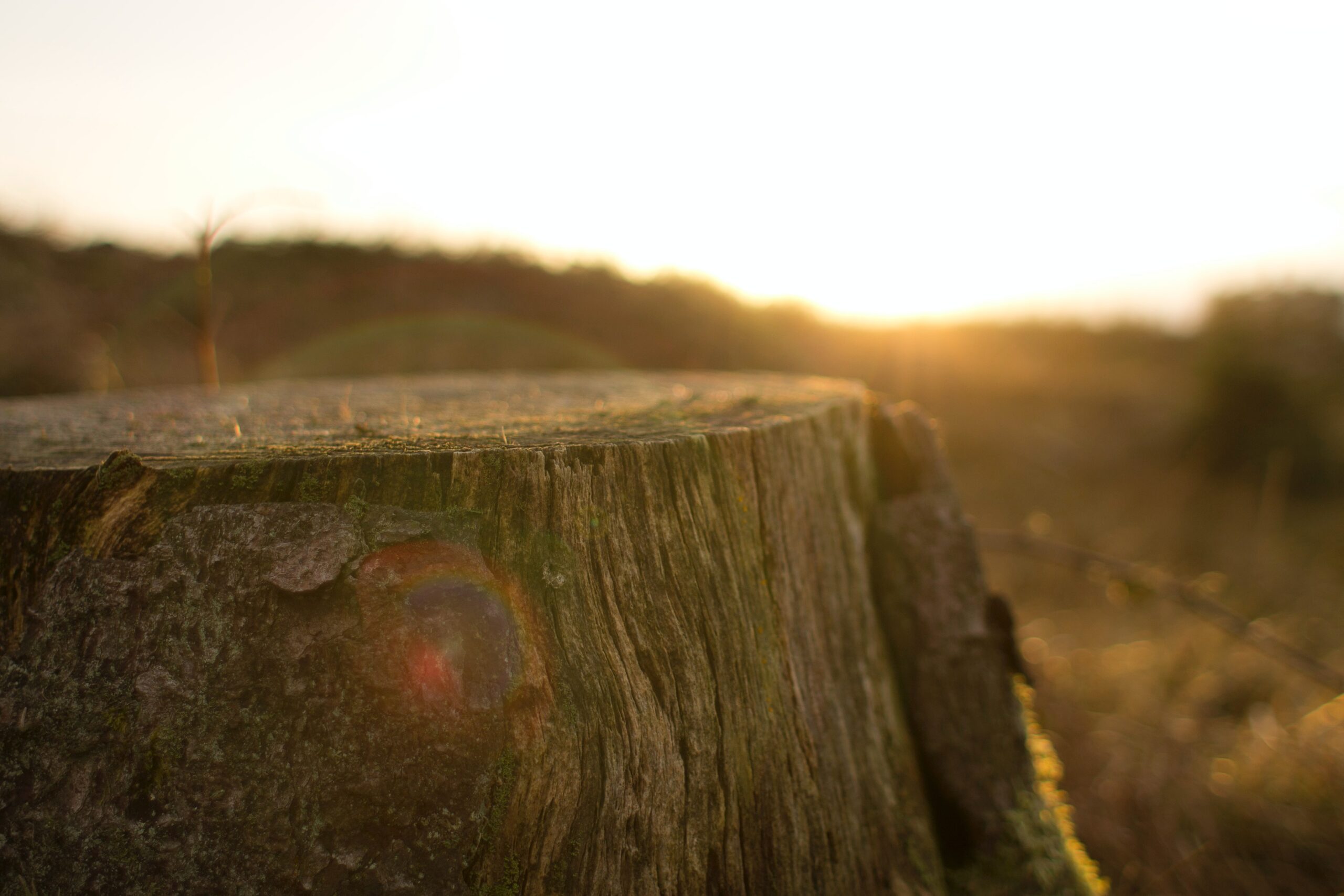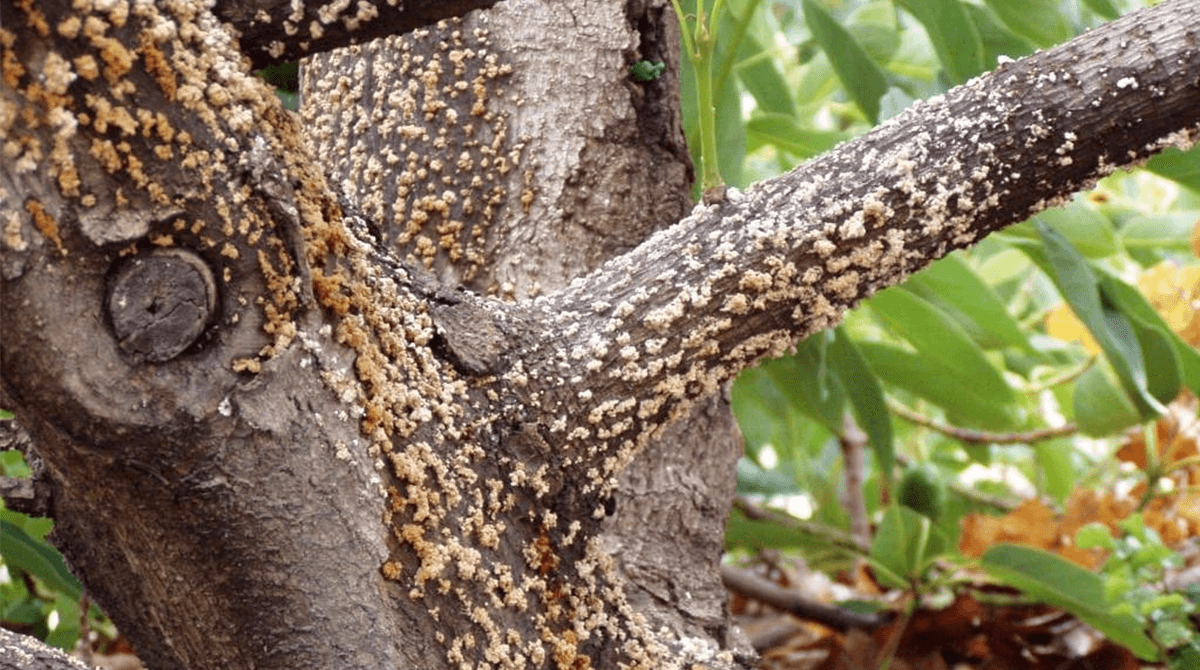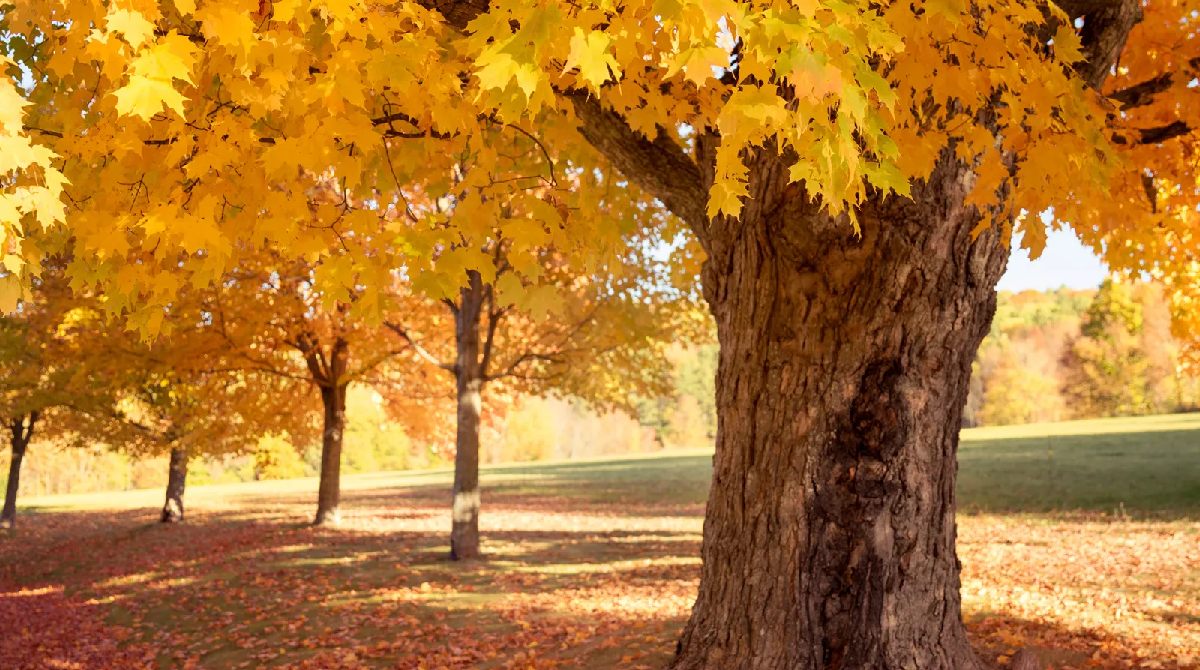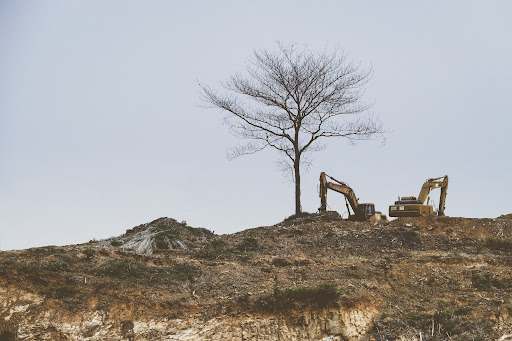
The Comprehensive Guide to the Stump Grinding Process
Date October 18, 2023
Part 1: Understanding the Basics
Introduction
The process of removing tree remnants from your yard doesn’t end with the tree’s felling. The stump grinding process stands as an indispensable procedure post tree removal, ensuring safety, aesthetic appeal, and space optimization. TreeNewal performs all tree removal and stump grinding services to meet each of our clients’ unique needs.
Why Stump Grinding?
- Aesthetic Appeal of Landscapes: A leftover stump can be an eyesore, disrupting the uniformity and beauty of a landscaped area.
- Safety Concerns of Leaving Stumps Unattended: Stumps, especially those hidden by grass or shrubbery, pose tripping hazards. Additionally, they can damage mowers or other equipment.
- Space Clearance for Other Landscaping Activities: Stumps consume space that can be used for planting new trees, setting up a garden feature, or any other landscaping venture.
Basics of the Stump Grinding Process
- Equipment and Machinery Involved: The primary machinery for this task is the stump grinder. This powerful machine uses a rotating cutting disk that chips away at the stump.
- Initial Setup and Safety Precautions: Before starting, ensure the area is clear of rocks, toys, or debris. Also, wearing safety goggles, gloves, and ear protection is crucial.
- Assessing the Size and Type of Stump: The stump’s size and tree species can influence the grinding time and effort.
Step-by-Step Explanation of the Stump Grinding Process
Clearing the Area Around the Stump: Ensure that the area is free from obstacles or any other potential hazards.
Positioning the Grinder: The grinder should be placed at the stump’s edge, starting from the top.
Grinding Process from Top to Roots: The machine works its way down, grinding the stump layer by layer.
Proper Depth to Ensure Complete Removal: It’s essential to grind several inches below the ground to prevent tree regrowth and remove the primary root structure.
Cleaning Up the Grinding Debris and Wood Chips: After grinding, the area will be covered with wood chips, which can be used as mulch or removed as needed.
Benefits of Stump Grinding
- Prevention of Tree Regrowth: Leftover stumps can sprout new growth, leading to new, often unwanted, saplings.
- Eliminating Habitat for Pests: Stumps can attract ants, termites, and other pests.
- Safety and Convenience for Property Owners: A smooth, stump-free lawn is safer and offers more landscaping opportunities.
Part 2: Delving Deeper and FAQs
Environmental Impact of Stump Grinding
- Eco-friendly Nature of Stump Grinding: Unlike other methods, stump grinding doesn’t involve harmful chemicals.
- Impact on Soil Health and Fertility: The resultant wood chips can decompose, enriching the soil with organic matter.
- Benefits of Using Wood Chips as Mulch: The wood chips retain soil moisture, prevent weeds, and regulate soil temperature.
Post Grinding Activities and Care
- Filling the Hole and Restoring the Ground: The pit left behind can be filled with soil and, if desired, planted over.
- Uses for the Ground-Up Stump Material: Beyond mulch, the wood chips can be used in compost or as a natural pathway.
- Care and Precautions Post Grinding: Keep the area moistened to help integrate the new soil and the old, ensuring stability.
Comparing Stump Grinding to Other Removal Methods
- Chemical Stump Removal: Involves applying chemicals to hasten the stump’s decay. However, it’s a slower method and can be environmentally harmful.
- Manual Extraction: Labor-intensive and might not remove the entire root system.
- Burning: Poses obvious fire risks and might not be thorough.
FAQs Based on ‘People Also Ask’ for the Keyword
- Q1: How long does the stump grinding process take?
A: Depending on size, species, and equipment, it can range from 15 minutes to 2 hours. - Q2: Is stump grinding safe for the surrounding vegetation?
A: Generally yes, but precautions are needed to prevent damage to adjacent plants. - Q3: How deep does stump grinding go?
A: Usually several inches below ground level to ensure the root system’s significant removal. - Q4: Can you plant a tree where a stump was ground?
A: Yes, with proper soil preparation, replanting is feasible. - Q5: What happens to the roots after stump grinding?
A: They decompose over time, and in most cases, they don’t pose any further problems.
Conclusion and Call to Action
Understanding the stump grinding process is imperative for property owners looking to maintain a safe and aesthetically appealing landscape. If you’re considering this procedure, consulting with professional services ensures efficiency and optimal results. Don’t let tree remnants hinder your landscaping goals!
Unlock the full potential of your landscape with a comprehensive understanding of the stump grinding process. Don’t let tree remnants hinder the beauty and safety of your property. Trust in TreeNewal, the experts who have been dedicatedly serving the Dallas and Fort Worth Metroplex since 2017. For professional, efficient, and reliable services, choose TreeNewal. Ready to transform your lawn? Dive into the stump grinding process with us!








